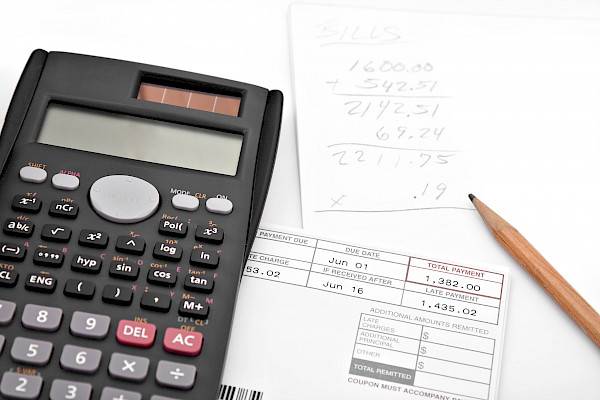Episode transcript The transcript is generated automatically by Podscribe, Sonix, Otter and other electronic transcription services.
Hello everybody welcome to the five minutes BM podcast today. I like to start the series of podcasts about cost estimation and why I'm doing this a couple of months ago, I got the credential certified Cost professional from the AACC association for the advancement of Cost engineering in a great friend of mine out of, from Brazil. He wrote a blog in his Brazilian blog about this. And I said, look, I need to talk more about cost estimation and not only for engineers or for Cost, but for everybody because people do not understand properly.


